
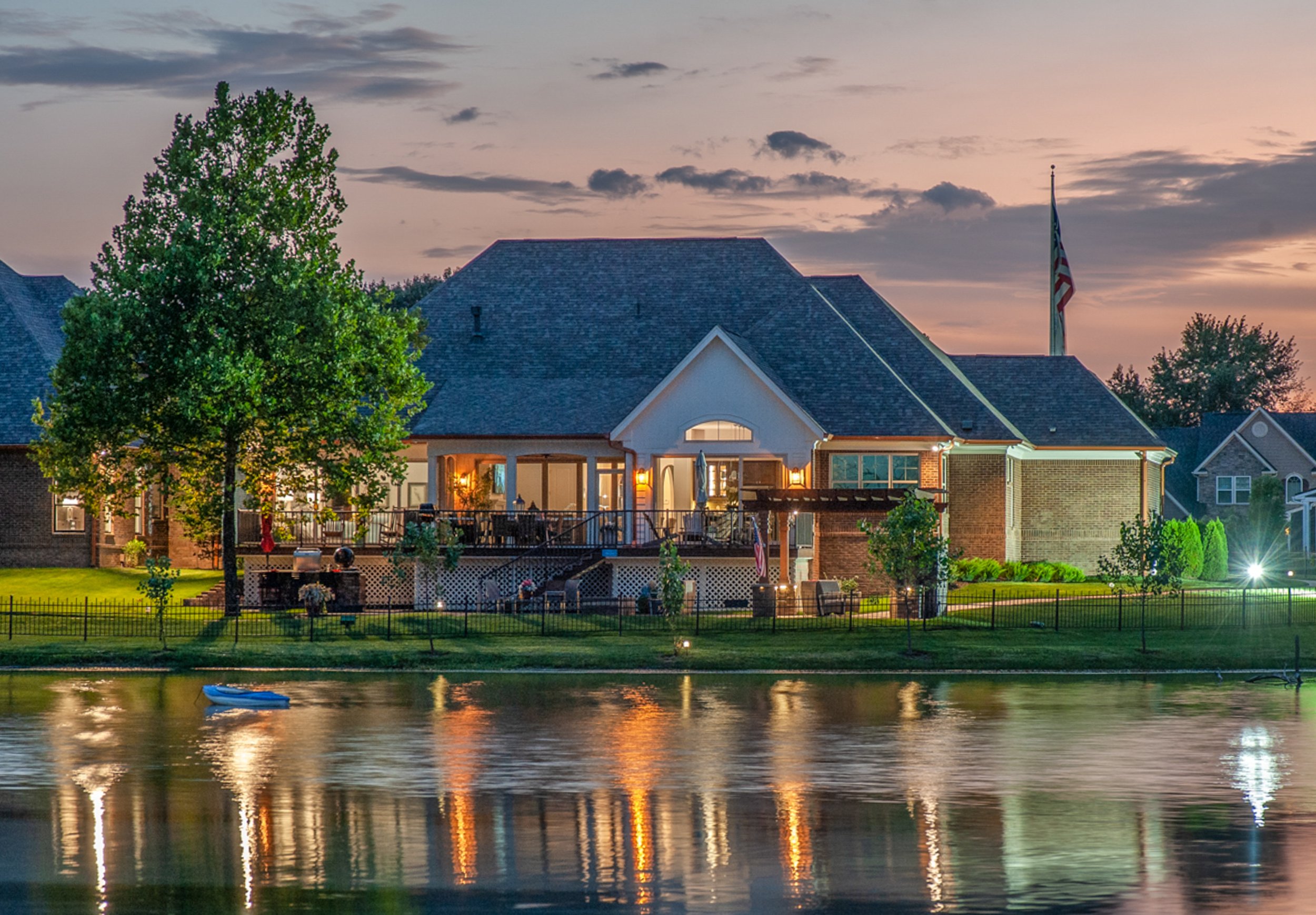
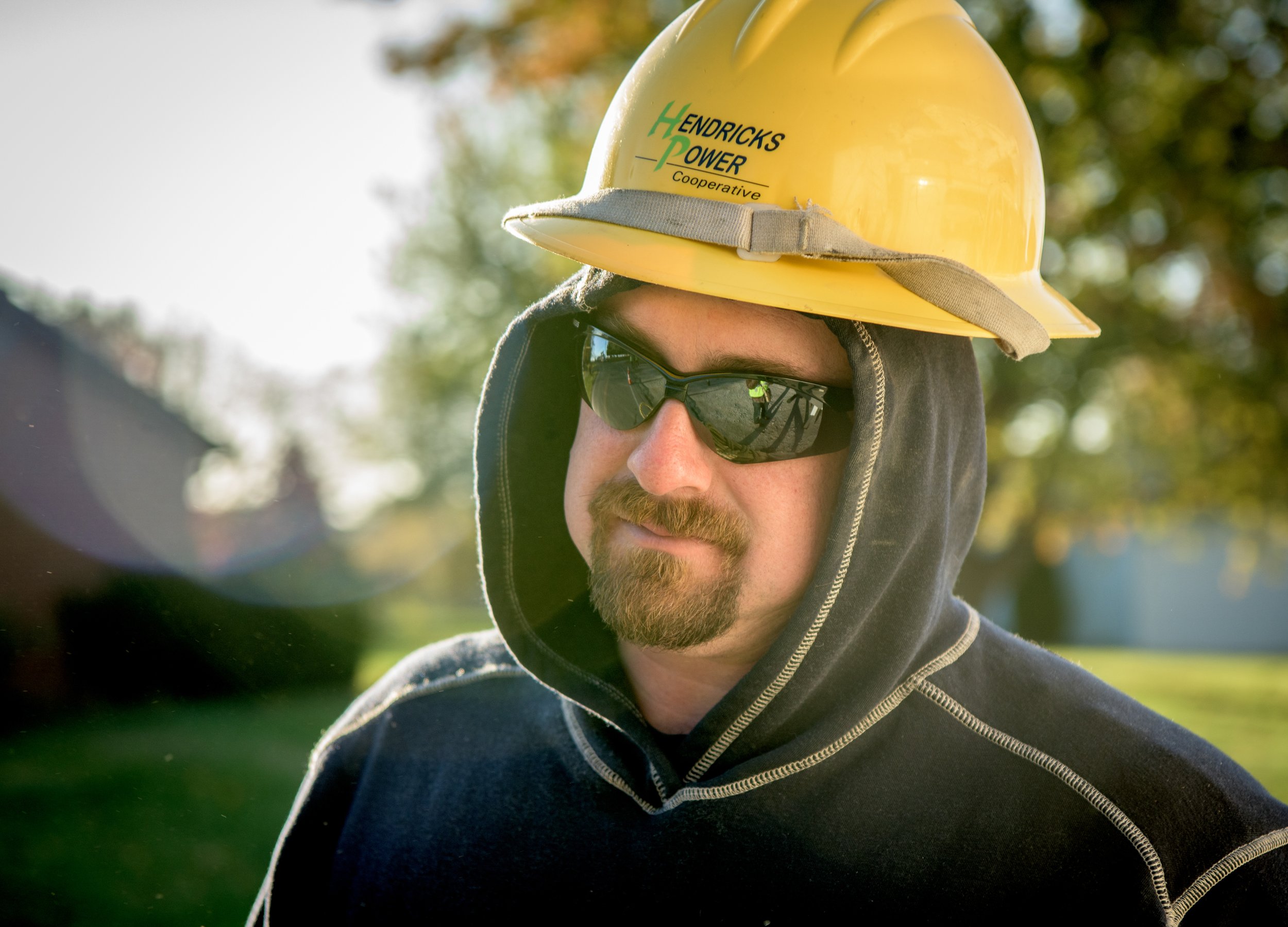




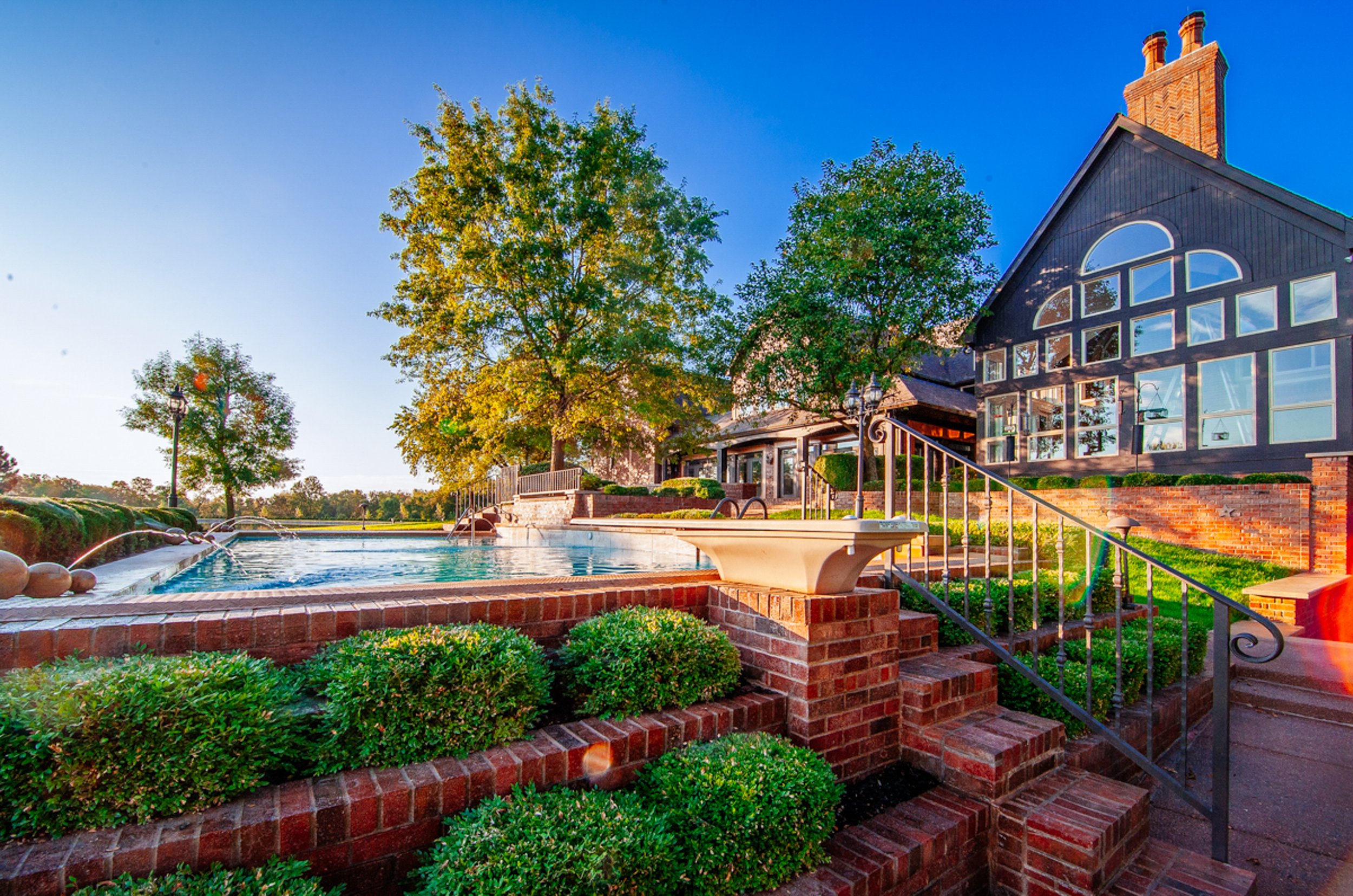

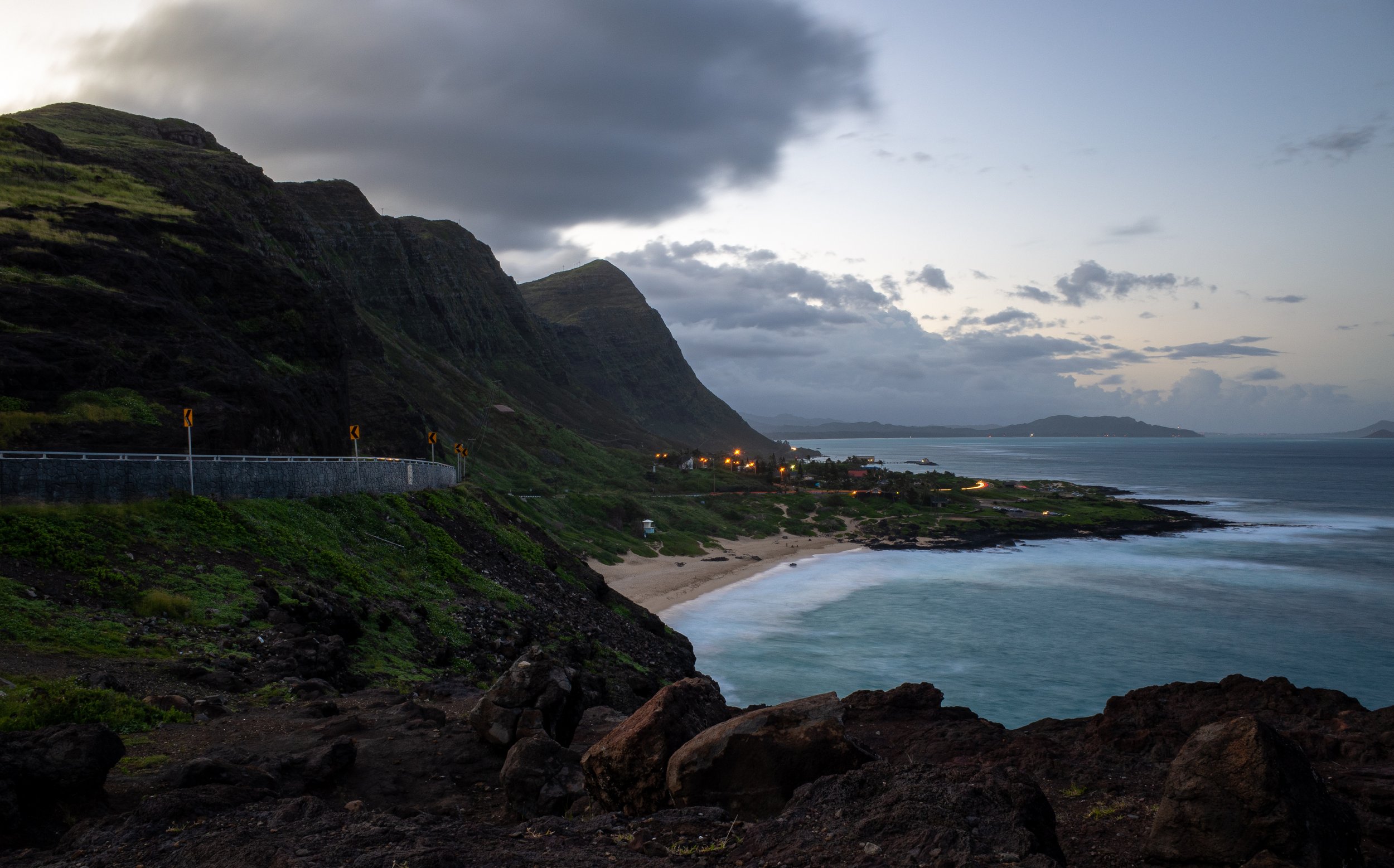
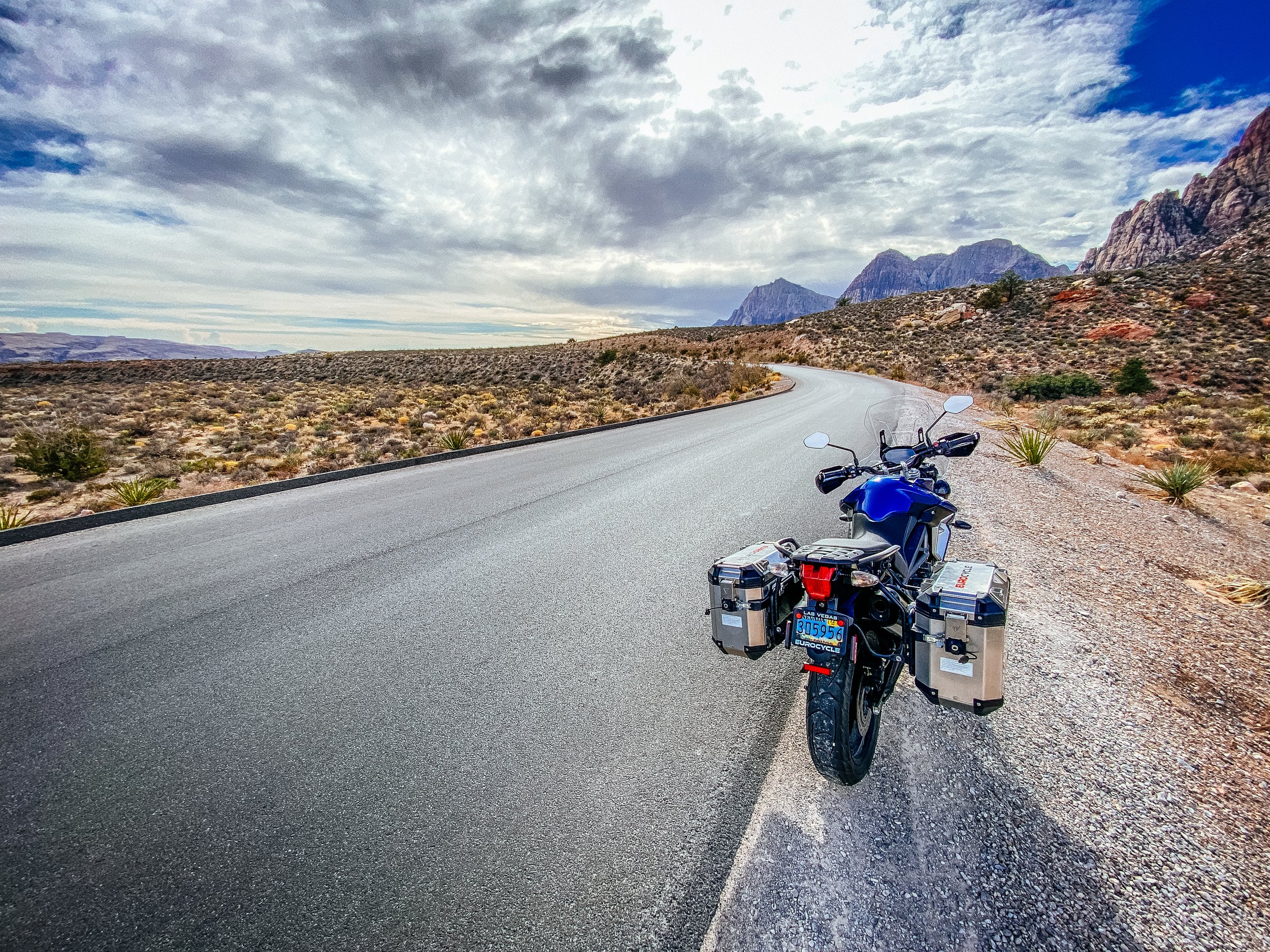




























Ben Shadley Productions
BSP is my boutique commercial production agency. For some projects I do all the work, for larger projects I hire trusted people based on experience and expertise to work with me. I’m lucky to have many talented friends in the production business. For even the most challenging projects, I can assemble a sharp team that’ll knock it out of the park.